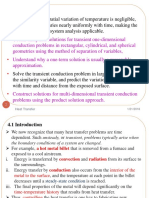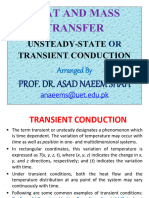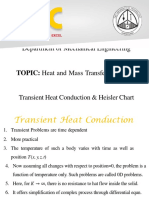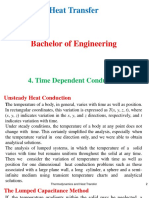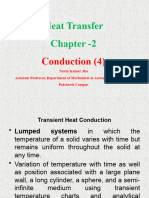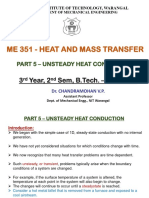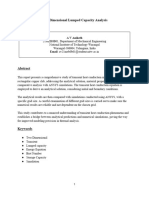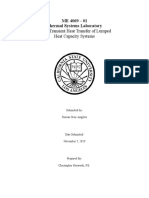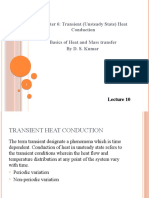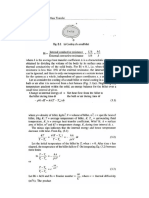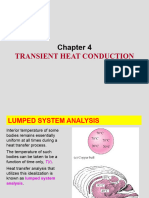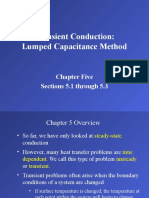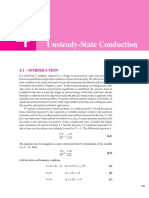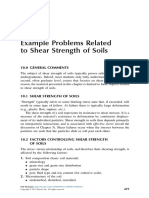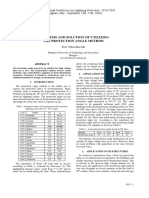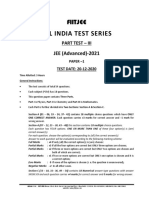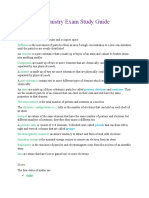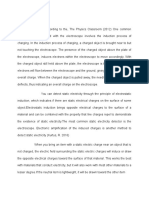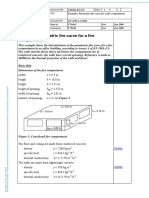0% found this document useful (0 votes)
80 views36 pagesLecture6 MECH452 Transient Conduction
Uploaded by
Salman AhmedCopyright
© © All Rights Reserved
We take content rights seriously. If you suspect this is your content, claim it here.
Available Formats
Download as PDF, TXT or read online on Scribd
0% found this document useful (0 votes)
80 views36 pagesLecture6 MECH452 Transient Conduction
Uploaded by
Salman AhmedCopyright
© © All Rights Reserved
We take content rights seriously. If you suspect this is your content, claim it here.
Available Formats
Download as PDF, TXT or read online on Scribd
/ 36




